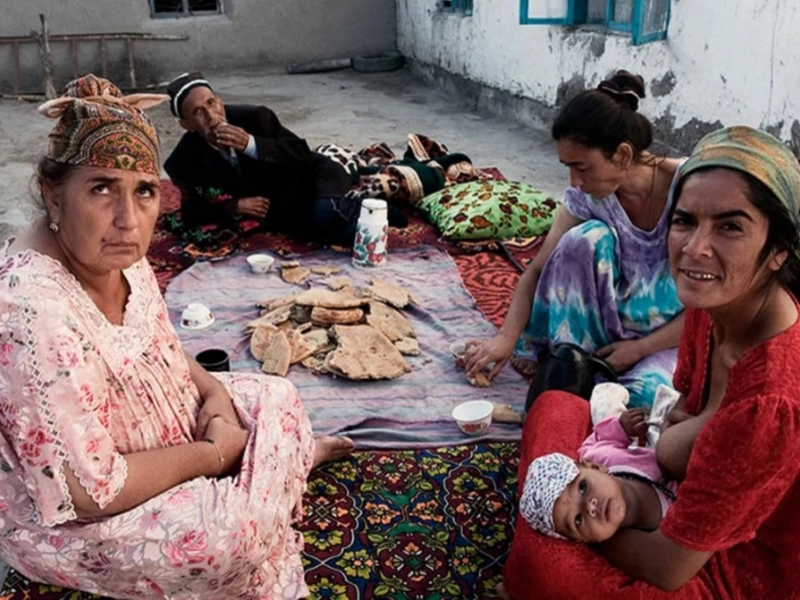
Communication Barriers Among Romani Groups
Despite sharing common origins, there is a significant communication gap between Eastern and Western Romani communities. This lack of interaction can be attributed to a variety of historical, cultural, and geographical factors that have shaped their distinct identities over time.
Eastern Romani groups, often found in countries like Romania and Bulgaria, have developed their own unique languages, customs, and social structures. Similarly, Western Romani communities, which can be found in nations such as Spain, France, and the United Kingdom, have their own cultural practices and dialects. These differences have contributed to a sense of separation between the two groups.
The limited communication between Eastern and Western Romani populations can hinder mutual understanding and collaboration. Factors such as language barriers, differing cultural norms, and historical tensions often prevent meaningful interactions. As a result, many individuals from these communities may remain unaware of each other's experiences and challenges.
Additionally, the Romani people have faced marginalization and discrimination in various societies, which further complicates their ability to connect across regional lines. This shared struggle could potentially serve as a unifying factor, yet the existing barriers often overshadow this commonality.
In summary, while all Romani groups share a common heritage, the communication between Eastern and Western communities is largely absent. Understanding these dynamics is essential for fostering greater awareness and appreciation of the rich diversity within the Romani culture, as well as for promoting dialogue and cooperation among different groups.